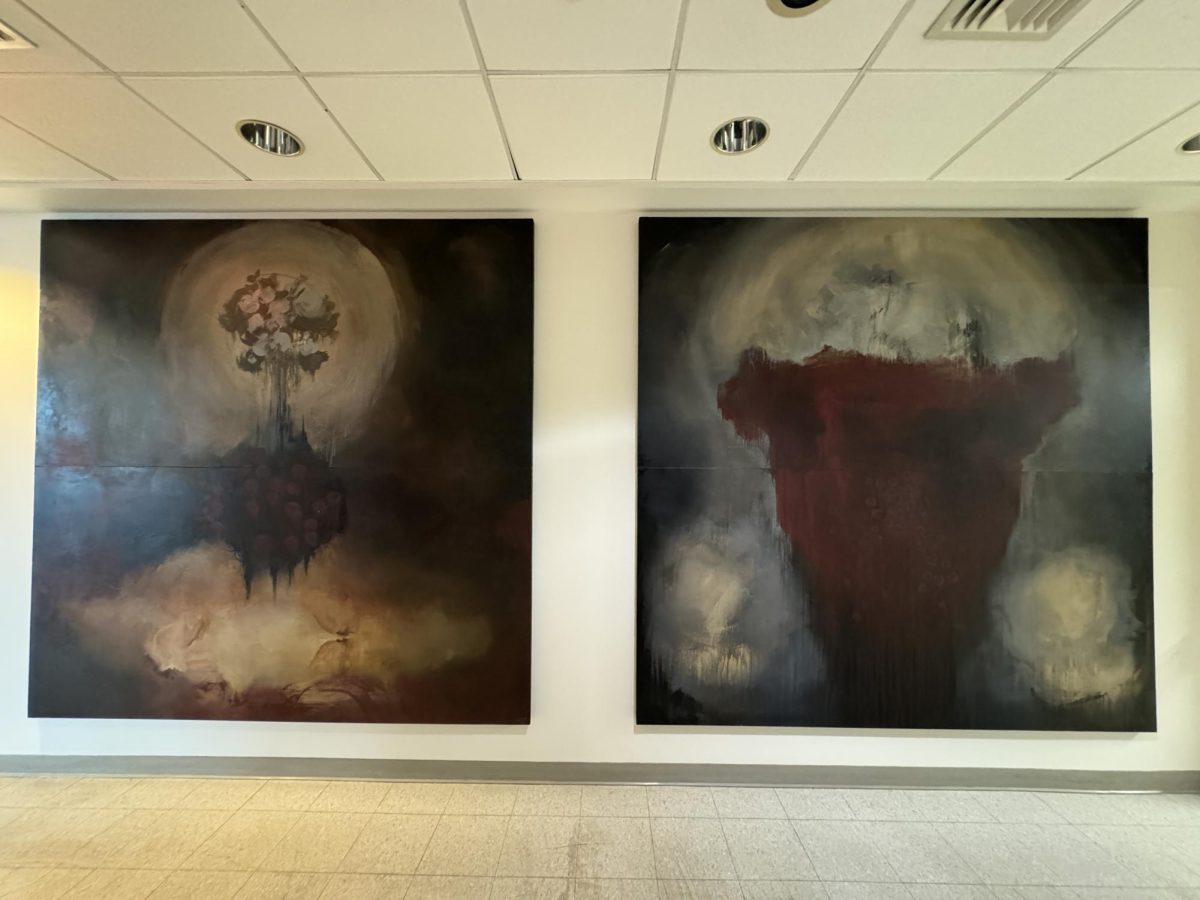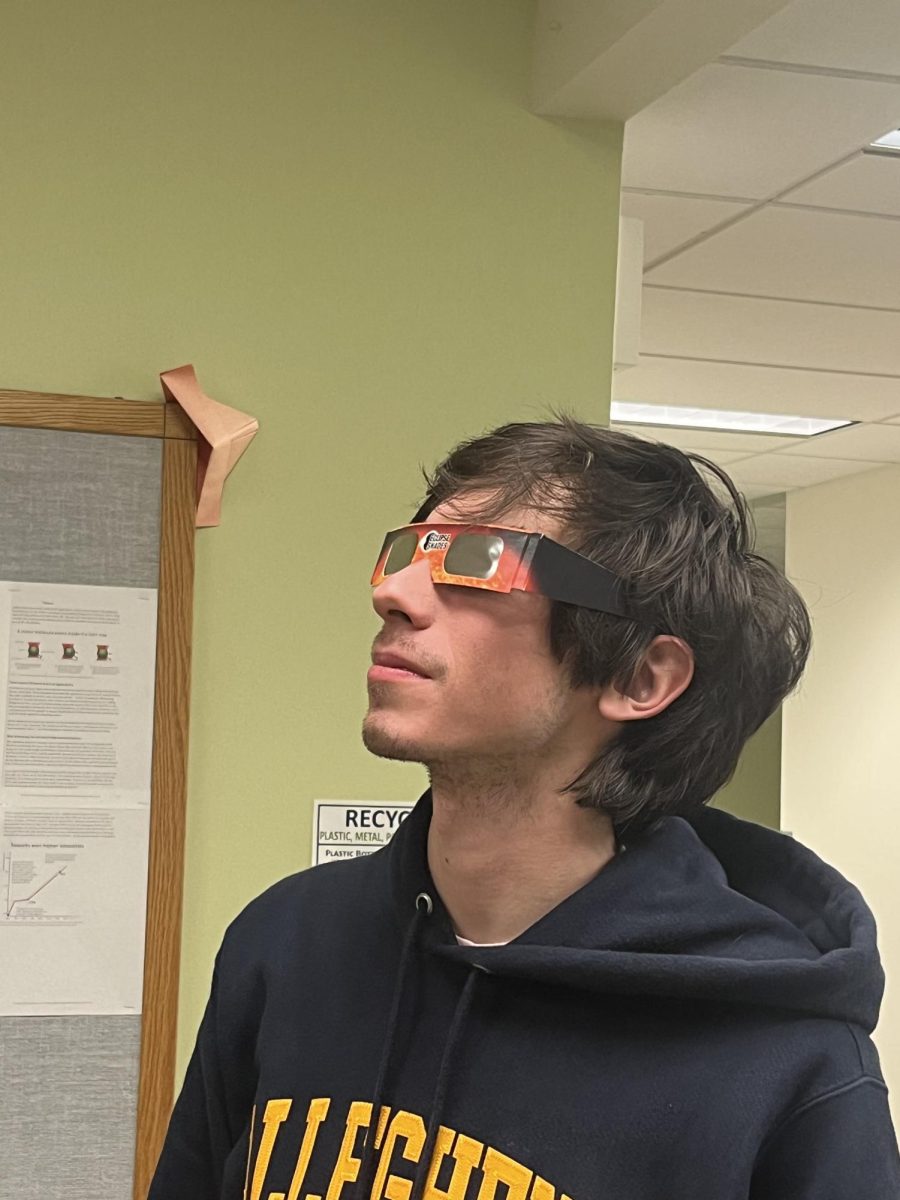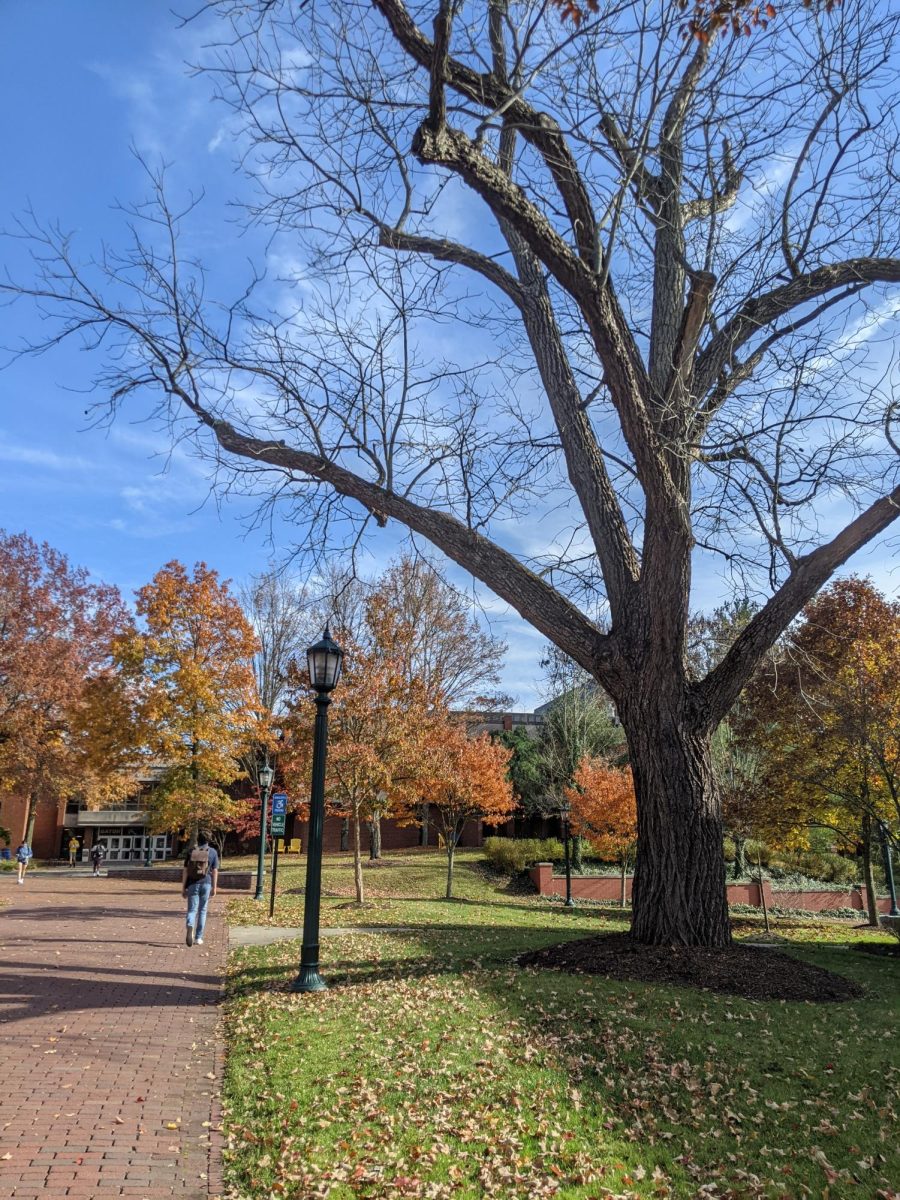As Mark Ams dove into his research presentation, his audience looked on intently. One would never guess that Ams, an organic chemist, had once dreamed of becoming a pilot. It was back in middle school, when he sometimes struggled with chemistry.
“It was a challenge,” said Ams. “It wasn’t like I didn’t have to work hard to understand, but that’s what I liked about it. … I sort of fed off it. I liked being challenged by the material and sort of how hard it is to understand these sort of conceptual ideas.”
Ams now believes that it was his analytical mind that eventually allowed him to let his middle-school pilot dreams fly away so that he could gravitate toward a career in organic chemistry. He also credits his engaging professors and challenging organic chemistry courses that drove him to major in the subject.
“Everything about chemistry is very conceptual,” Ams said. “It’s not like you can see the molecules or what they’re doing or how they react…I liked the challenge in a supportive environment. Encouraging professors helped me persevere.”
Ams found further inspiration to pursue a career in his sophomore year, during his visit to a conference hosted by the American Chemical Society in San Francisco, California. There, he presented some of his undergraduate research.
Ams gained a new appreciation for chemistry after he experienced the bright lights of the big city and the sight of conference rooms overflowing with hundreds of chemists.
He also gained awareness of a few minor mistakes in his poster. Of the hundreds of people who viewed and commented on Ams’ poster during the conference, only one looked at his poster carefully enough to catch a small mistake in his results: Thomas N. Sorrell, the author of Ams’ organic chemistry textbook and idol of his own chemistry professor. For Ams, Sorrell’s criticism was purely constructive, but also very humbling.
Today, Ams’ research focuses around ways to make the drug synthesis process more accurate. During the synthesis of certain pharmaceuticals — like migraine or asthma medications — many unwanted byproducts can be made. Oftentimes, these byproducts are toxic metal catalysts such as palladium, rubidium, iridium, and chromium, all of which accelerate certain chemical reactions.
These metal byproducts can be very difficult to separate from the final drug product. Current methods of separation are not always efficient or environmentally friendly, oftentimes costing companies time and money. Ams’ research intends to make the separation of toxic metals from the desired solution more efficient and relieve some of the problems during the purification process.
Ams second research project is indirectly applicable to making the drug synthesis process more accurate, yet just as important. Computer programs are used to predict how certain drugs will interact with each other. Because no lab work is necessary, this method saves ample amounts of time and money if computer predictions are accurate.
Ams uses a tool he has developed called a torsion balance, which gathers actual quantitative values for a specific type of molecular interaction called a CH-pi interaction.
By using these actual values instead of estimates, computer programs will be able to make more accurate models of how drugs and molecules interact with one another. Without going into the lab, a scientist may one day be able to accurately predict how a certain protein will fold or how a certain drug will interact with an enzyme.
One of Ams current research students Tim Grabnic, ’13, synthesizes these torsion balances. Grabnic worked under Ams since the summer after his sophomore year at Allegheny. Grabnic describes Ams as an enjoyable in-class professor and an all-around nice guy.
Through his work in the lab, Grabnic has realized how difficult and time-consuming research can be.
“That’s the thing about research,” Grabnic said, “if it was easy it would have been done before.”
Working under Ams has presented Grabnic with many opportunities that come close to Ams’ own experiences as an undergraduate chemistry student–including an American Cancer Society event that takes place annually in San Diego, California, which allowed Grabnic to meet many other scientists.
Now the professor, Ams finds that teaching his students is the most rewarding part of his research.
“At a place like Allegheny,” Ams said, “the students that you train as chemists –they are more valuable than the actual results and the discoveries we will be likely to make here.”








Guest • Apr 30, 2013 at 4:57 pm
Great article about a great professor!